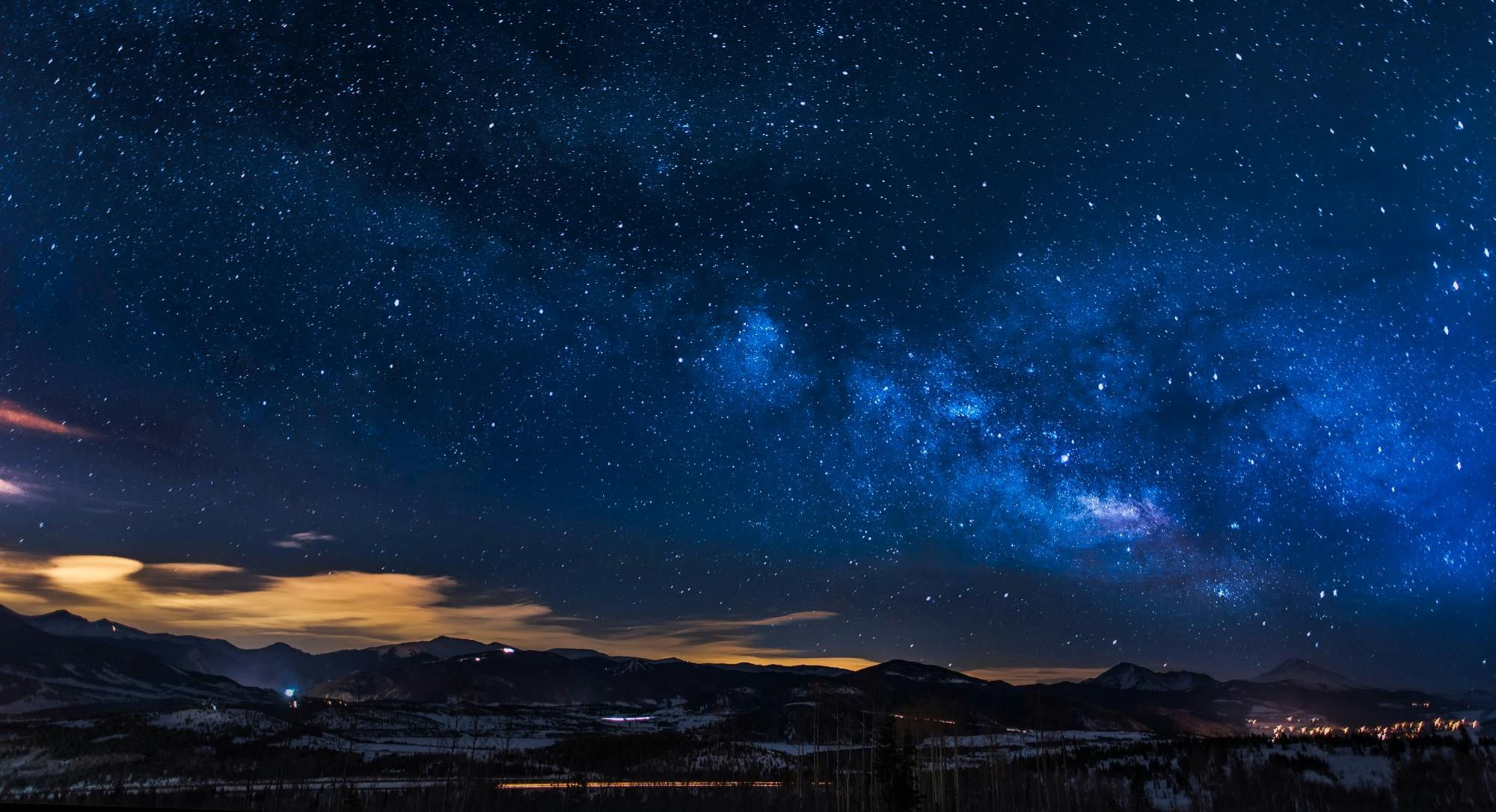It seems that suffering is part of natural order of the universe. At all levels in nature, we see struggle for survival, growth and decay, emergence of new life and a return to earth of what is biodegradable. Subtly different from death is the process of dying. Death, it seems, is linear, a discrete event in time. Dying, however is circular. There is a continuous cycle of death and birth in the seasons. Winter gives way to spring; the sun sets before it rises again and each day and night displays before our very eyes continuous cycle of dying and rising.
Varying shades of brown and green leaves that adorn nature speak of a constant process of lifegiving but not before there is the process of dying. In our own bodies, countless cells continuously die and are replaced. In our minds, we experience constant birth and death of myriads of thoughts and ideas that are here one moment and disappear before giving birth to the next.
The emergence of human intelligence brought with it a capacity to disengage from this process and look at it as different from oneself. And with it came the desire to control the process rather than be part of it. What was once a unified whole, now became a experience of duality, a sense of separateness. We have the capacity to disengage from each other and from the world of nature. We create illusion of ego and identify with it. In this experience of separateness, we seek to control nature and to some extent one’s own course of life. But with it also comes the ability to loom upon the whole of one’s life as a personal asset to be preserved, to see deprivation as a personal loss, to avenge a perceived wrong.
The order of creation just below humans, however; lacking the machinations of a mind does not cry out in anguish at its loss and destruction. Its passing away or transformation when it often occurs, takes place often unnoticed but always without complaint. Death and destruction are never ‘avenged’. With the human mind came the concept of ‘victim’ hither to unknown in creation. Suffering came to be seen as punishment, sickness was often considered to be a consequence of sin. But more importantly not only did humans experience ‘ victimhood’, they also learned to victimize others. It has invaded all forms of human relationships.
It is in this context that the suffering, death and resurrection of Jesus assume importance. We are being called to journey back from the linear to the circular. Death occurs in time; dying is a part of timelessness and as a consequence, a process of constant renewal. The Risen Christ bears the imprint of his wounds in his resurrected body. Thomas, one of the apostles, is still stuck with the linear and refuses to believe. The others have, in a manner of speaking ‘stepped out of line’ in faith, transcending limitations of time. They recognize that the linear is only part of the larger circle of life, with no beginning and and. They have journeyed into timelessness. Thomas in a moment of recognition touches the sacred wounds of Jesus only to see them transformed and begins to believe.
The Resurrection of Jesus transforms suffering and death through a process of constant dying to self. For those who experience it, has the power not to do away with suffering but to transform it.





